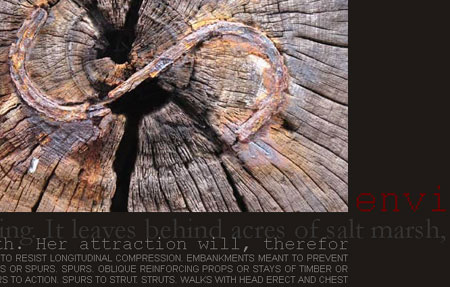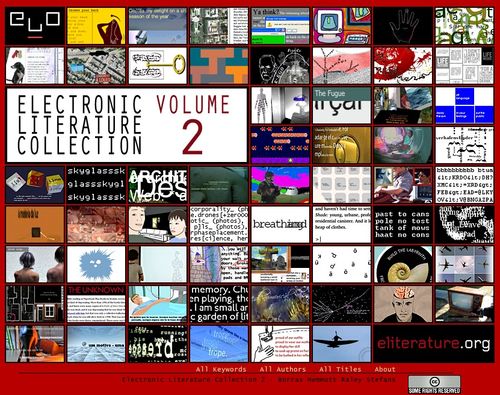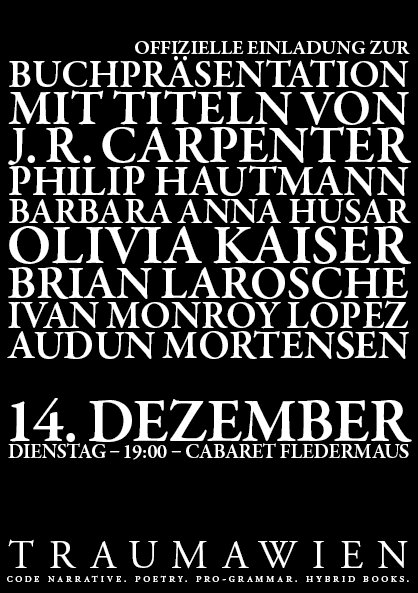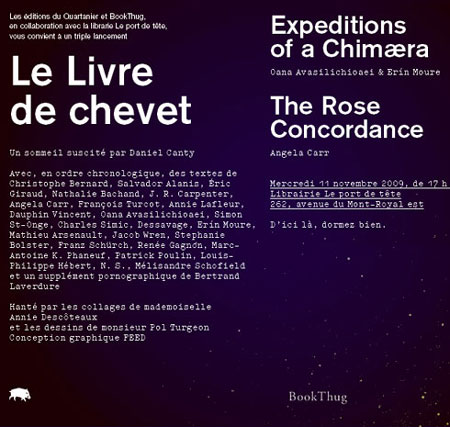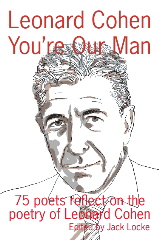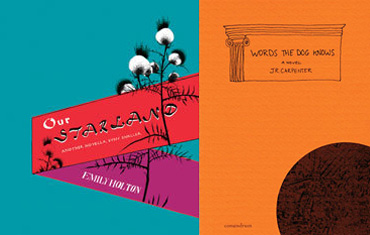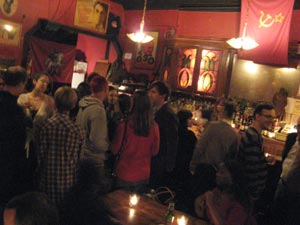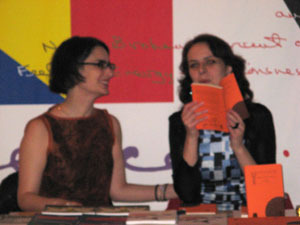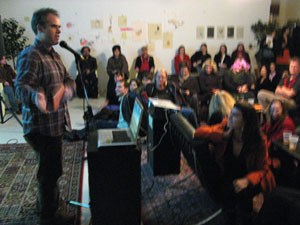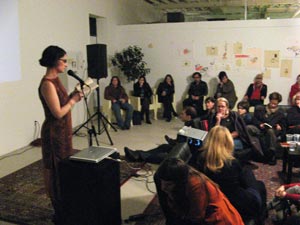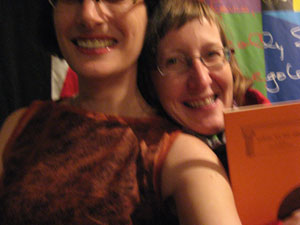Announcing The Broadside of a Yarn, a new hybrid print-digital-performance-writing work by J. R. Carpenter, commissioned by ELMCIP for Remediating the Social, launching at Inspace in Edinburgh 1 November 2012.
In theory, The Broadside of a Yarn is a multi-modal performative pervasive networked narrative attempt to chart fictional fragments of new and long-ago stories of near and far-away seas with naught but a QR code reader and an unbound atlas of hand-made maps of dubious accuracy. In practice, this project is, in a Situationist sense, a willfully absurd endeavour. How can I, a displaced native of rural Nova Scotia (New Scotland), perform the navigation of a narrative route through urban Edinburgh (Old Scotland)? How can any inhabitant of dry land possibly understand the constantly shifting perspective of stories of the high seas?
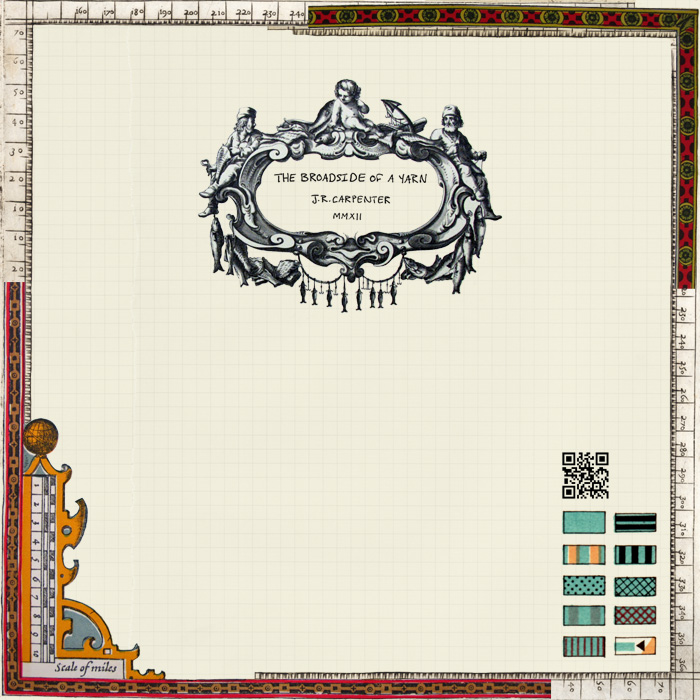
The Broadside of a Yarn remediates the broadside, a form of networked narrative popular from 16th century onward. Broadsides were written on a wide range of topical subjects, cheaply printed on single sheets of paper (often with images), widely distributed, and posted and performed in public. During the Remediating the Social exhibition (Inspace, Edinburgh, 1-25 November 2012), The Broadside of a Yarn will be posted as a grid of A3-sized square maps, and freely distributed as broadside-sized sheet (while supplies last).
Like the printed broadside ballads of old, the public posting of The Broadside of a Yarn signifies that it is intended to be performed. Embedded within the highly visual cartographic space of this printed map are QR codes which link mobile devices to a collection of separate yet interrelated web pages containing computer-generated narrative dialogues. They may propose imprecise and possibly impossible walking routes through the city. Or they may serve as scripts for poli-vocal performances.
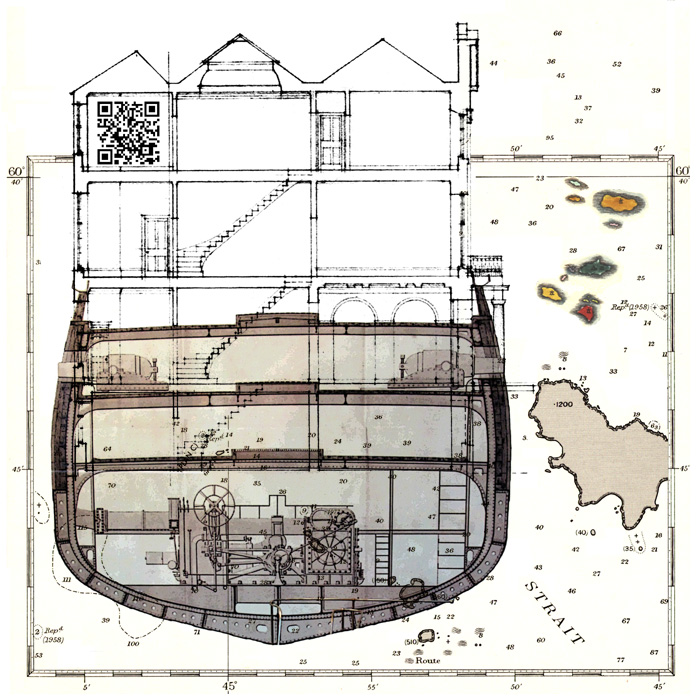
The Broadside of a Yarn will be performed in four or possibly five voices (microphone availability depending) Thursday 1st November 20.00 in the Sculpture Court of Edinburgh College of Art. For more information, please see the Remediating the Social program.
A comprehensive overview of the Remediating the Social conference and exhibition has bee posted on Electronic Literature Authoring Software by Judy Malloy: ELMCIP Invites Scholars and Artists to Remediating the Social, Edinburgh, November 1-3, 2012
For more information – including a bibliography of the wide range of maps and literary works cited in The Broadside of a Yarn – and to view more images of the print maps to be installed at Inspace, please visit Luckysoap.com.
![TRANS.MISSION [A.DIALOGUE]](http://luckysoap.com/generations/images/trans_sourcedetail.gif)
